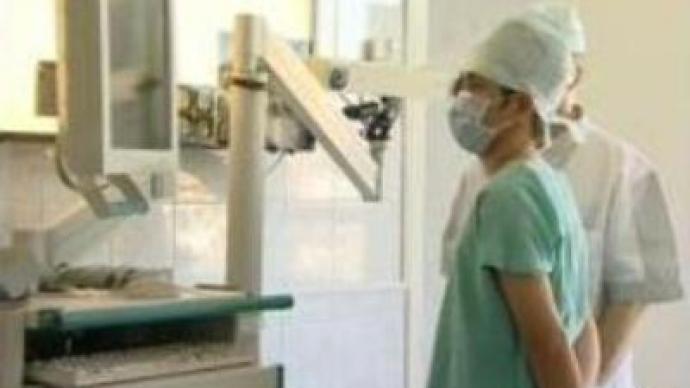Breakthrough cancer treatment developed by Siberian scientists

Scientists in the Siberian city of Novosibirsk have unveiled a new weapon in the fight against cancer. Unlike traditional forms of radiotherapy, the thermal nuclear accelerator can achieve a direct hit against cancerous cells.
The machine heralding a new breakthrough in the fight against cancer still known to a few specialists in medical and scientific circles, but soon it will be famous to a much wider group of people. It was in the 1990s that scientists of a Siberian nuclear research institute came up with the idea. For the last few years they have been finalising the eventual design. The technology is a major step forward as neutron therapy – unlike other forms of cancer treatment – only affects cancerous cells.Neutron therapy has been known about for some time. Thus in Japan they have also tried to put the idea into practice. Whereas they used a nuclear reactor, the scientists from Siberia are using a much smaller neutron accelerator – a device scientists from around the world have shown great interest in.“A few years ago we received a Russian research delegation at the University of Kyoto. In the future, I think we would definitely be interested in bringing some of this new technology over here to Japan,” said Professor Toru Kobayasi from the University of Kyoto.Meanwhile, the accelerator is almost ready to start clinical trials. At the moment it takes up two floors of the research institute but the scientists already know how to make it more compact. And the smaller it is, the easier it will be to fit in to hospitals.
You can share this story on social media:












